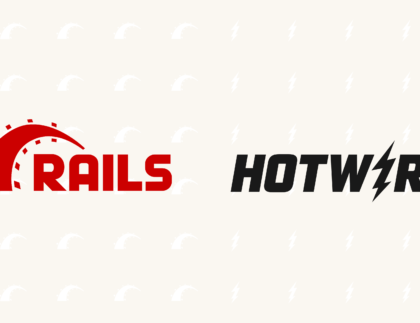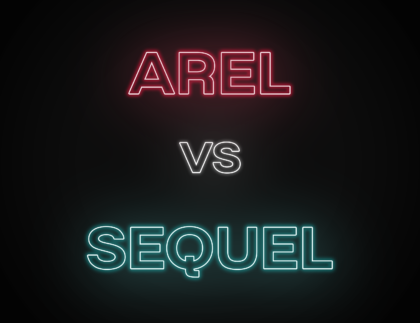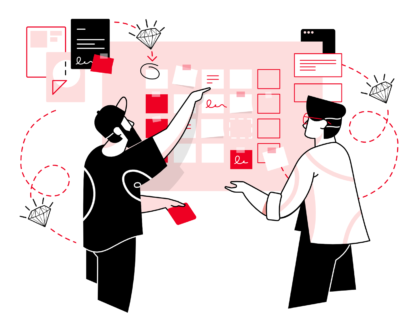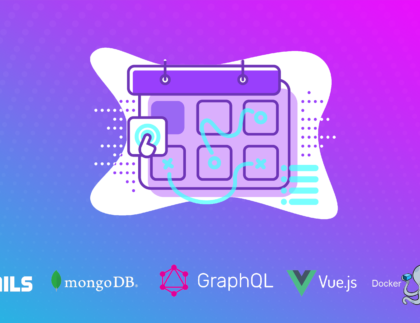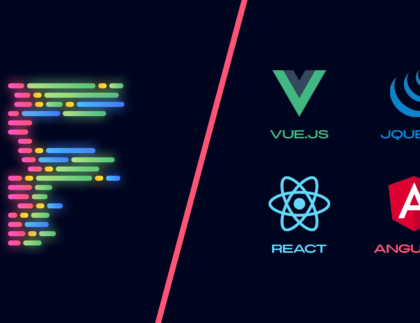November 4, 2020
< 1 min read
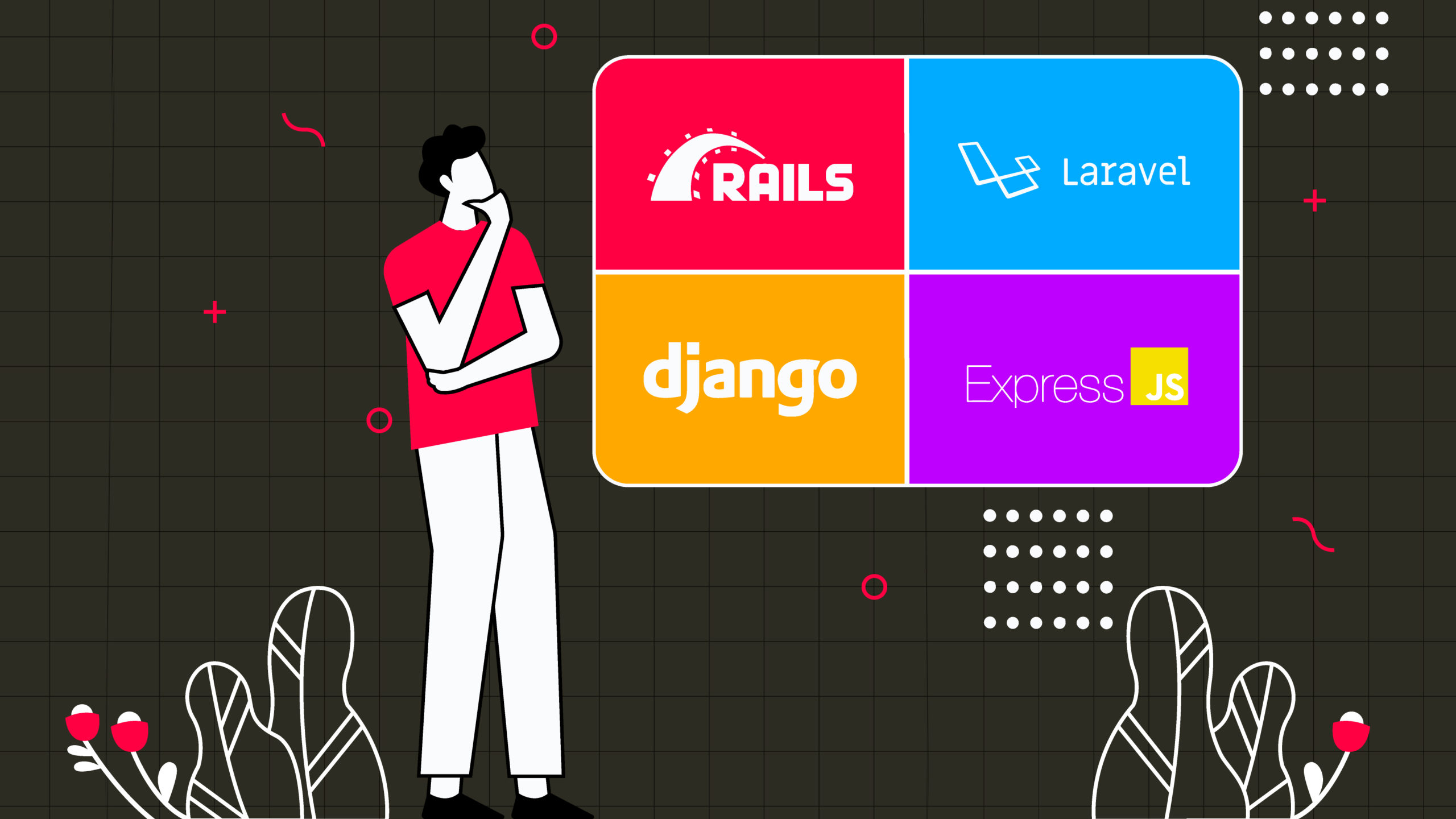
To get a quick glimpse of the similarities and differences between some of the most popular back-end frameworks, we decided to do a side by side comparison. We compare Ruby on Rails, a well-known server-side web application framework with other back-end frameworks including Django, Laravel and Express JS. This will assist readers in establishing key differences amongst frameworks with minimal reading.
Ruby on Rails VS Django
| Ruby on Rails | Django |
|---|---|
| Model-View-Controller Framework | Model-View-Template Framework |
| Object-Oriented General Purpose Programming Language | Object-Oriented General Purpose Programming Language |
| Usage: Meta-programming and database backed modern web programming | Usage: Scientific programming, system administration and data manipulation |
| Design Philosophy: Convention over Configuration | Design Philosophy: Explicit is Better Than Implicit |
| Offers more flexibility as one feature can be achieved in different ways | Tighter Syntax “One obvious way to do it” |
| Lots of ‘magic’ | No magic |
| Steep learning curve | Small learning curve |
| Easier to develop and manage small projects | Overkill for small projects |
Ruby on Rails VS Laravel
| Ruby on Rails | Laravel |
|---|---|
| Model-View-Controller Framework | Model-View-Template Framework |
| Usage: Meta-programming and database backed modern web programming | Usage: Enterprise level application to small sites |
| Default engine is Embedded Ruby (ERB) | Templating engine is Blade |
| Ideal for developing e-commerce solution or regular web application | Ideal for developing an application with millions of calls per minute |
| Steep learning curve | Small learning curve |
Ruby on Rails VS Express JS
| Ruby on Rails | Express JS |
|---|---|
| Model-View-Controller Framework | Un-opinionated Framework |
| Lots of packages included out of the box | Minimal packages out of the box |
| Default engine is Embedded Ruby (ERB) | Templating engine is Jade. |
| Code readability is much easier | Harder to figure out Express code for beginners |
This article is written by RubyConf Pakistan's community lead, Sabrina Malik.
